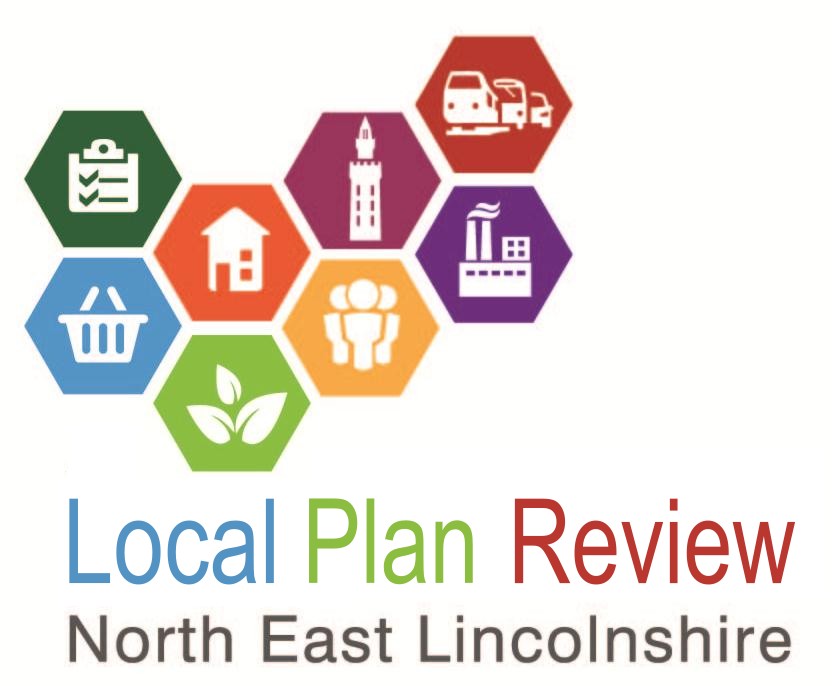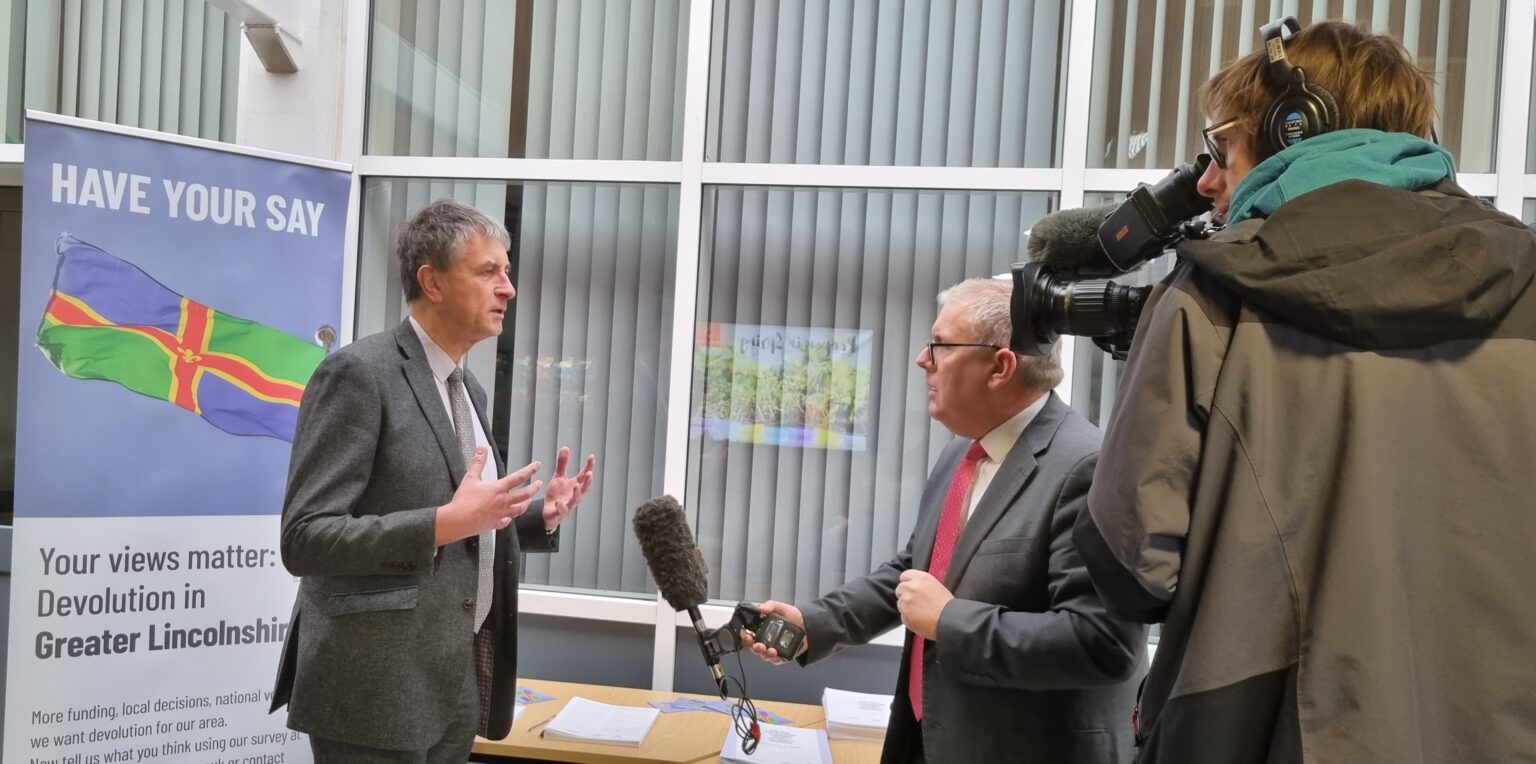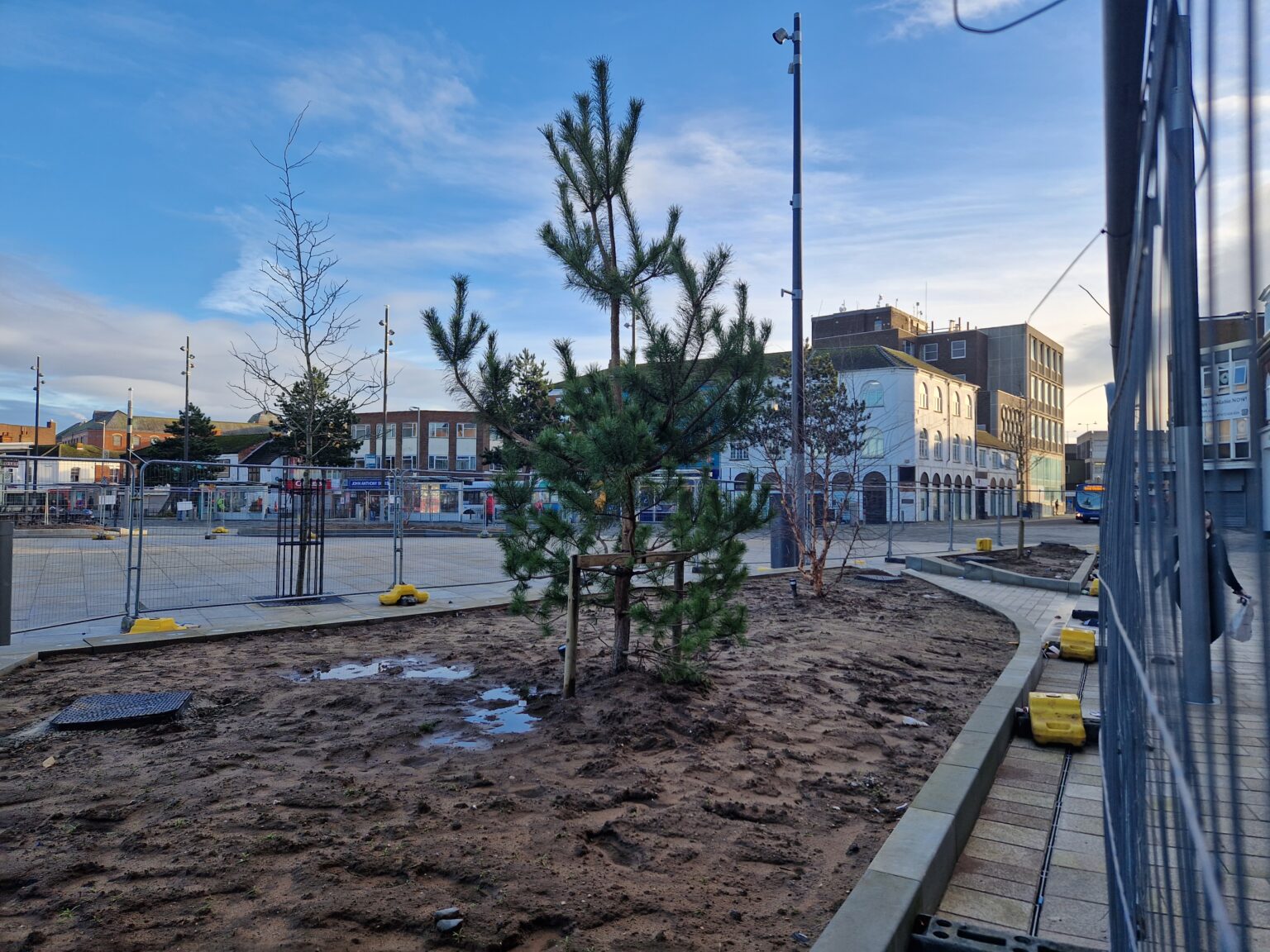THE Leader of North East Lincolnshire Council is set to answer your questions tonight as the deadline for the public consultation into proposals for a Greater Lincolnshire Devolved Authority nears.
Councillor Philip Jackson will be fielding questions from members of the public via a Facebook Live this evening from 6pm on the Council’s Facebook page.
Councillor Jackson said: “As the Leader of one of the three lead authorities that have shaped this proposal, I want to ensure that as many people in North East Lincolnshire as possible take part in the public consultation.
“This Facebook Live event is for people to ask questions they may have about what Devolution could mean for North East Lincolnshire and how it may shape the local area and wider county in the future.
“If the outcome of this public consultation does lead to Greater Lincolnshire Devolution progressing then we want people to understand what could be achieved and that is the purpose of this Facebook Live event. Of course, I am always ready to listen to people’s views on other matters, but I would like to keep this session just to Devolution, given its importance for us all in the future.”
Following Government approval last Autumn, the Greater Lincolnshire Devolution Proposal has been taken to the next stage, which is this public consultation that runs until Sunday 28 January.
The two unitary authorities of North East Lincolnshire and North Lincolnshire Councils and Lincolnshire County Council have led on the Level Three MCCA (Mayoral Combined County Authority) Proposal.
The Proposal states how a Devolution deal would see central Government money and power moved down to decision-makers in Greater Lincolnshire. This would start with a number of agreed key priority areas including housing, transport, infrastructure (such as highways), skills and education, and the environment.
For more details including a Q&A and Executive Summary go to www.nelincs.gov.uk.
To go directly to the consultation, go to www.letstalk.lincolnshire.gov.uk/devolution- external site .
Article and image from NELC.








